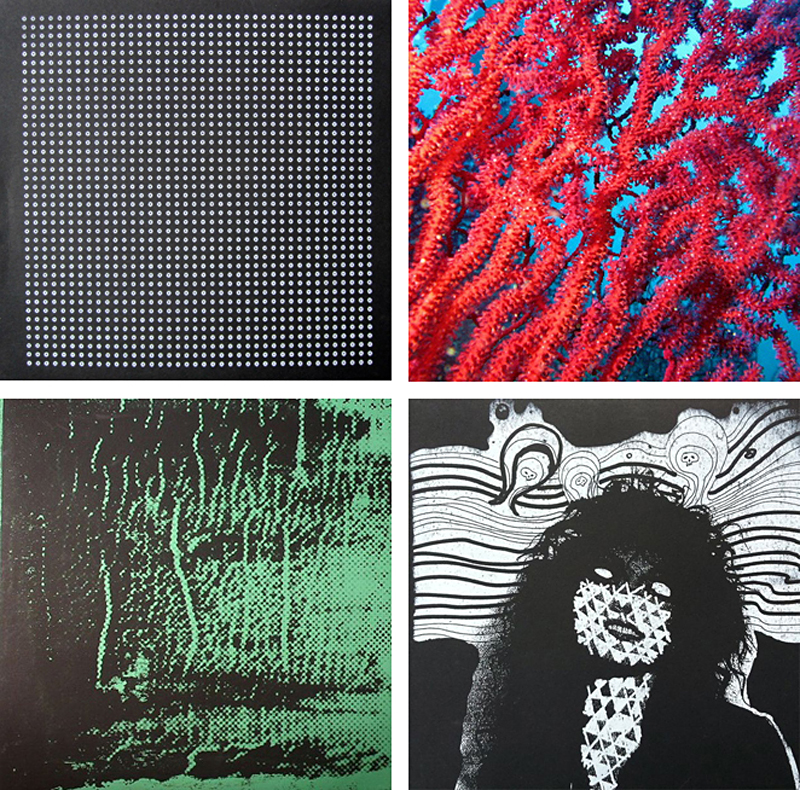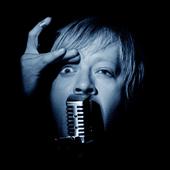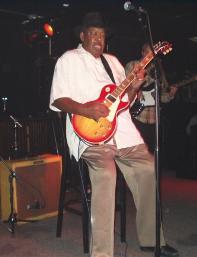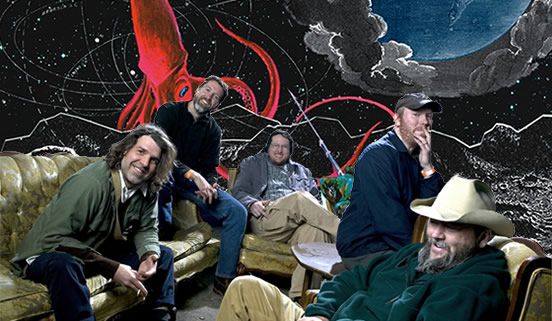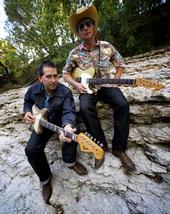The mediasphere is abuzz over America’s embrace of electronic dance music. The signs are all around us. Nü-metal lunkheads rage to brostep. Billboard dance pop sounds like Euro-trance. Snoop’s SoundCloud page even boasts a track titled “Tekno Euro Mixx.” If you’re a trend gawker, these stories make for great pop-culture gossip. But the music associated with them is, to paraphrase those great polemicists the Gnostics, a waterless canal. I mean, have you heard Skrillex?
Nevertheless, our country’s current fascination with EDM is very real. Numerous are the musicians who nowadays have their ears tilted toward techno, house, and beyond. But to find its truly interesting outgrowths, it’s best to navigate away from the mainstream and poke around its myriad feeder streams and concealed tributaries—where the bandwagon vagaries of commercial pop give way to more sustainable visions of genre fusion and cross-pollination.
One of the more vital examples is based right here in Seattle: Further Records, established in 2009 by Eastsiders Chloe Harris and Mark Cul. Not unlike fellow imprints Spectrum Spools and Type, the Further aesthetic mirrors its founders’ disparate roots in everything from techno and house to post-punk and industrial music. For them, label curation is a means of erasing borders and transcending boundaries. Consequently, they don’t totally subscribe to the “EDM is conquering America” meme; it’s too one-sided. “I think people are just more eager and ready to explore different sounds than they are used to,” Harris counters. “It definitely helps that scenes are colliding, with musicians coming from all sorts of backgrounds.”
A longtime DJ (often under the moniker Raica), Harris used to spin on Groovetech, the now-defunct local Internet radio station. Visiting London in the early 2000s, she met Cul, a hard-core record nerd obsessed with the dub techno styles of Basic Channel, Chain Reaction, and Rhythm & Sound.
Shortly after relocating to Seattle, Cul had a chance encounter with drone metal that cracked open his skull. “I was in Zion’s Gate Records in 2003,” he explains in a thick English accent suffused with enthusiasm. “They were playing Sunn O))), with those extra-low frequencies. I was like, ‘Holy fuck, what is this?’ So I started to get into that stuff. Then I saw the way Brad Rose at Digitalis Recordings would allow noise and weird electronic musicians to express themselves in the tape realm. That kind of freedom didn’t seem to happen much in house and techno. There wasn’t that sort of avenue. At the time, things were much more regimented by BPM and the dance floor.”
The aftershocks of Cul’s epiphany ripple through the Further Records catalog, a swiftly expanding mishmash of wax, cassettes, and compact discs that serves as a bridge linking the raw and freewheeling nature of American experimental music with the tightly focused propulsion endemic to cutting-edge techno. Hieroglyphic Being’s The Urantia Project and Ekoplekz’s Live at Dubloaded, released last year, are telling reflections of this trajectory: The former’s radical throb falls between the jarring technoise of Container and Detroit badass Omar-S, while the latter melts post-dubstep something-or-other into nihilistically squelching goop.
Another excellent example is Donato Dozzy’s K. Cul and Harris approached the Italian techno producer to create a record that specifically embodied their label’s aesthetic. What they got was an arresting fusion of dubby beats and reverb-soaked atmospherics—softly purring ambient meditations that can be enjoyed by both fans of club music and the post-Emeralds synthesizer movement.
Further accentuating this sublime synthesis is the cleverly sympathetic packaging. The cover, fax-like smears of green and black, resembles the kind of DIY abstractions usually associated with noise cassettes (K was, naturally, released in that format as well). The couple applied the same aesthetic to John Daly’s Sea Level: Though released on vinyl only, its outer sleeve of garishly psychedelic neon totally flies in the face of techno’s love for ultra-tidy modern design.
“We sit down and think about how we can make it not look like a dance-music cover,” admits Harris. “With John Daly’s trance record, we wanted just that—something you’d look at and find a hypnotic element to space out to while stoned. And I definitely think the hand-screen-printed covers add to the idea that it feels more indie and punk.”
Arguably Further’s highest-profile release to date is Live ’72, a lovely double-LP gatefold compilation of early recordings of the late Conrad Schnitzler (who sadly passed away last August). At first blush, an archival document from one of the pioneers of Kosmische Musik and ambient music might seem like an oddity for a label so intensely focused on present sounds. Yet it’s quite fitting. If the numerous permutations of EDM and America’s underground electronic scene have a common ancestor, it surely is Schnitzler and the krautrock tradition he belongs to.
“Conrad was one of the most inspiring people we’ve ever encountered, and his passion for tape was unparalleled,” says Harris. “If there is anyone out there techno people and everyone else should listen to, it’s him. He was wise beyond what we could dream, and he did it before all of us.”
